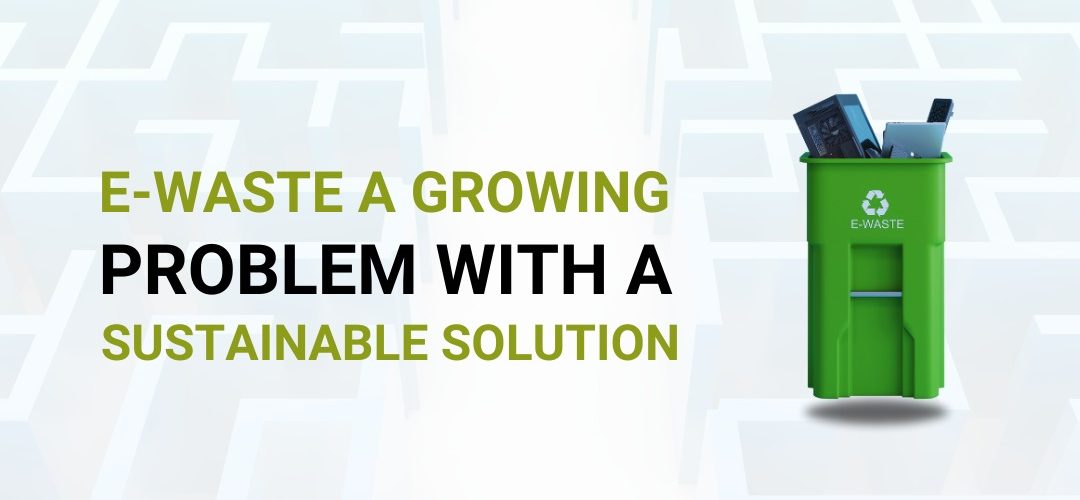The digital revolution has brought us many benefits, but it has also created a new problem: e-waste. E-waste is the discarded electronic devices that we no longer use. It is a growing problem because we are constantly upgrading our devices, and the old ones end up in landfills or incinerators.
The e-waste problem is a complex one, and there is no single solution. However, by taking steps to raise awareness, encourage recycling, and design for sustainability, we can make a significant difference.
The digital revolution is not going to stop any time soon, so it is important that we find ways to make it more sustainable. E-waste is a major part of the problem, but it is also an opportunity. By finding ways to reuse, repair, and recycle electronic devices, we can reduce the amount of waste that is generated and create a more sustainable future.
We all have a role to play in addressing the e-waste problem. By making mindful choices about the electronics that we buy and how we dispose of them, we can help to make a difference.”
E-waste is a problem because it contains hazardous materials that can pollute the environment and harm human health. It also wastes valuable resources that could be reused or recycled.
There are a number of things that we can do to address the e-waste problem. We can recycle our old electronics, and we can buy products that are designed to be more sustainable. Government enforced new rules in 2022 for e waste management which every company which is generating e waste has to follow.
By taking these steps, we can help to reduce the amount of e-waste that is generated, and we can create a more sustainable future for our planet.
Here are some specific ways to address the e-waste problem:
Encourage recycling: Make it easy for people to recycle their old electronics by providing convenient recycling programs.
Design for sustainability: Manufacturers should design their products with sustainability in mind, using recyclable materials and making them easy to repair.
Adopt a circular economy: Promote a circular economy approach to electronics, where products are reused, repaired, and recycled as much as possible.
By taking these steps, we can help to reduce the amount of e-waste that is generated and create a more sustainable future for our planet.
The global scale of the problem: Last year 59.4 million metric ton of e waste was produced worldwide and this number is expected to grow by 40% by 2030. This makes e-waste one of the fastest growing waste streams in the world.
The environmental impacts of e-waste: E-waste contains a variety of hazardous materials, including lead, mercury, cadmium, and brominated flame retardants. These materials can pollute the environment if they are not disposed of properly. E-waste can also contribute to climate change, as it is often incinerated, releasing harmful greenhouse gases into the atmosphere.
The economic impacts of e-waste: The value of the materials in e-waste is estimated to be $62.5 billion per year. However, most of this value is lost when e-waste is not recycled properly. This means that we are missing out on a significant opportunity to recover valuable resources and create jobs.
The social impacts of e-waste: The informal recycling of e-waste is a major problem in many developing countries. This is because the hazardous materials in e-waste can pose serious health risks to the workers who dismantle and recycle it. In addition, the informal recycling of e-waste often contributes to environmental pollution.
These are just a few of the many challenges that we face in addressing the e-waste problem. However, it is important to remember that this is a problem that we can solve. By working together, we can reduce the amount of e-waste that is generated, protect the environment, and create a more sustainable future.
Conclusion
The e-waste problem is a global challenge, but it is one that we can solve. By working together, we can reduce the amount of e-waste that is generated, and we can create a more sustainable future for our planet.
ProIndia is a consulting firm that helps businesses and organizations achieve their sustainability goals. They offer a variety of services, including:
- EPR audit and compliance: ProIndia can help businesses to comply with the Extended Producer Responsibility (EPR) regulations in India by quick and smooth transfer of credits.
- ESG consulting: ProIndia can help businesses to develop and implement ESG (Environmental, Social, and Governance) strategies.
- Social impact: ProIndia works with businesses and organizations to create social impact through their sustainability initiatives.
Blog by: Rig pathak
PRO India



